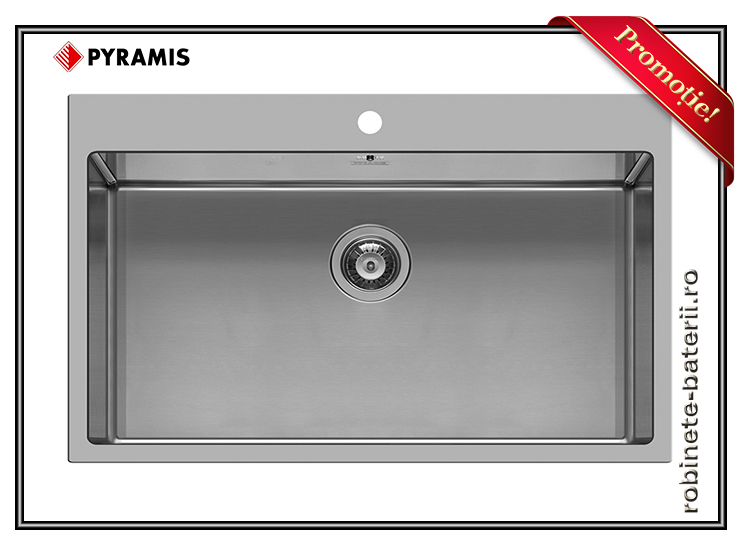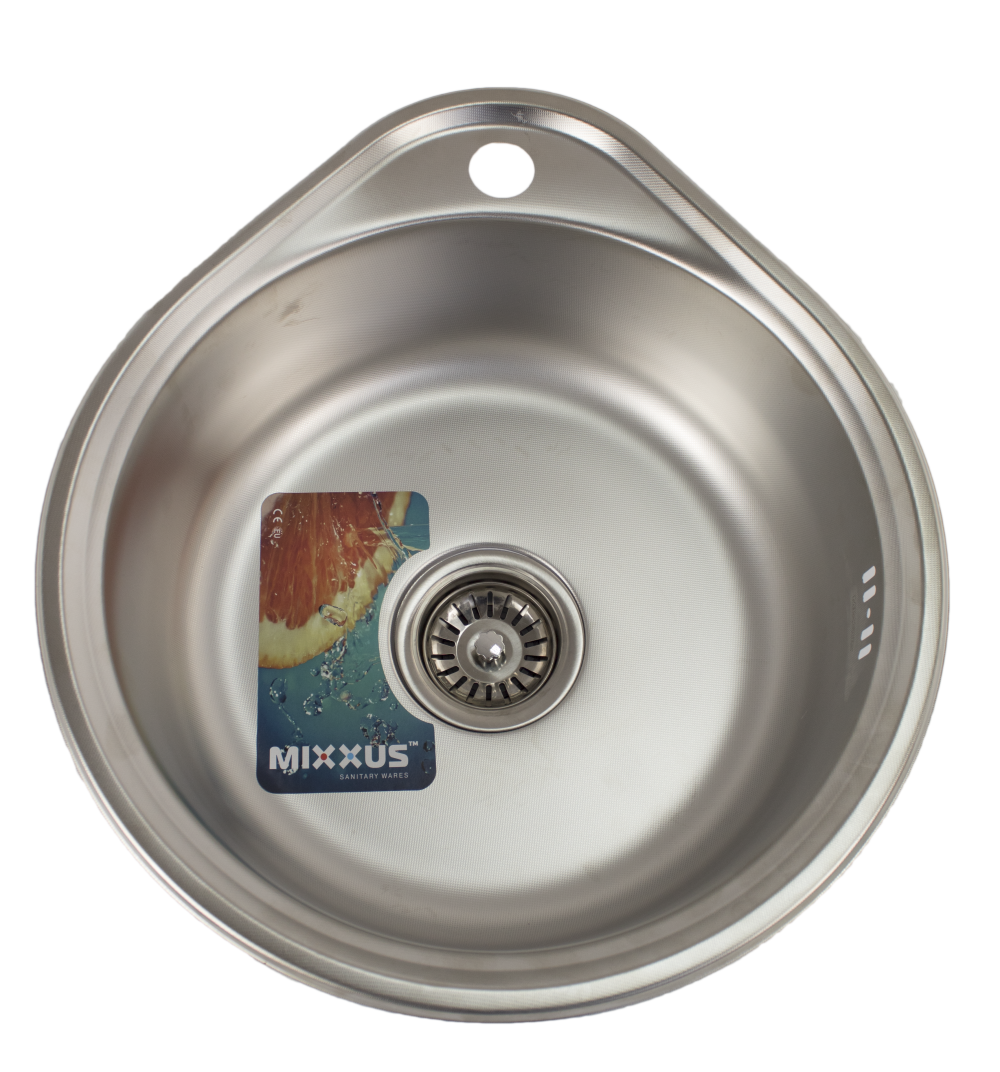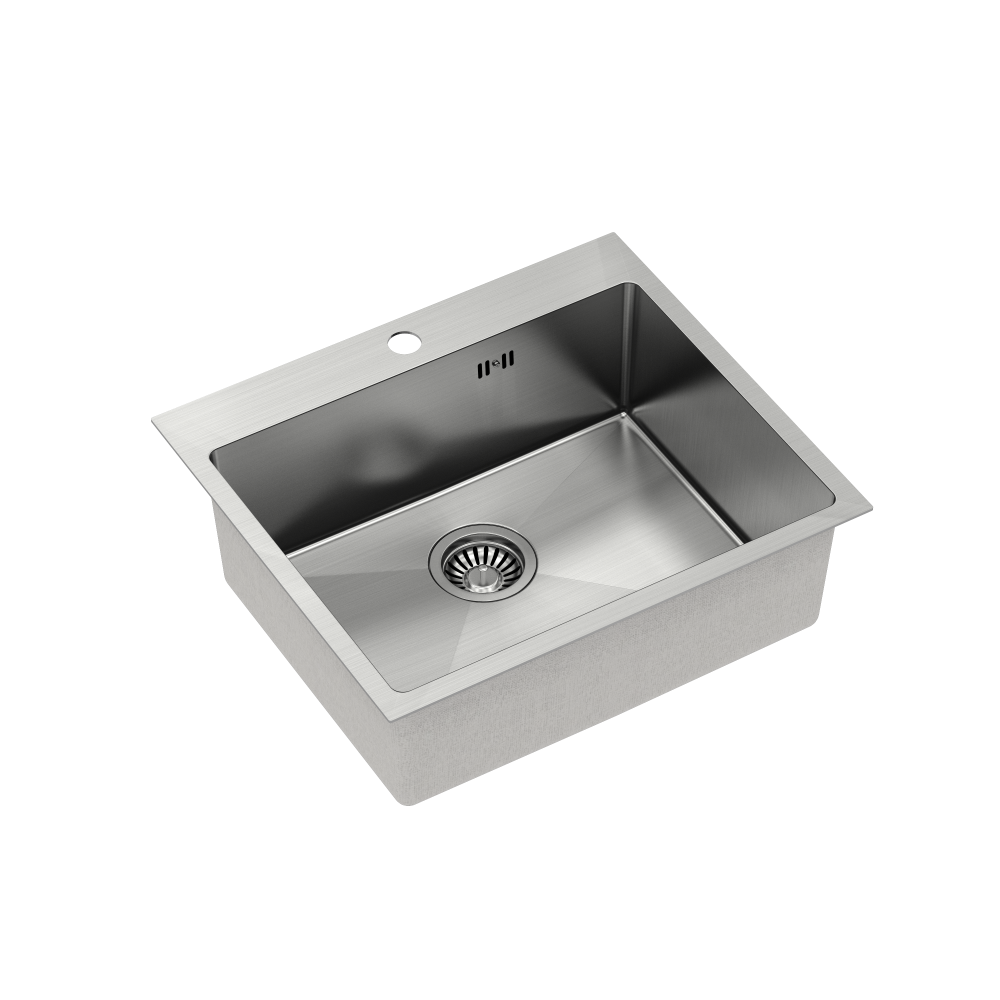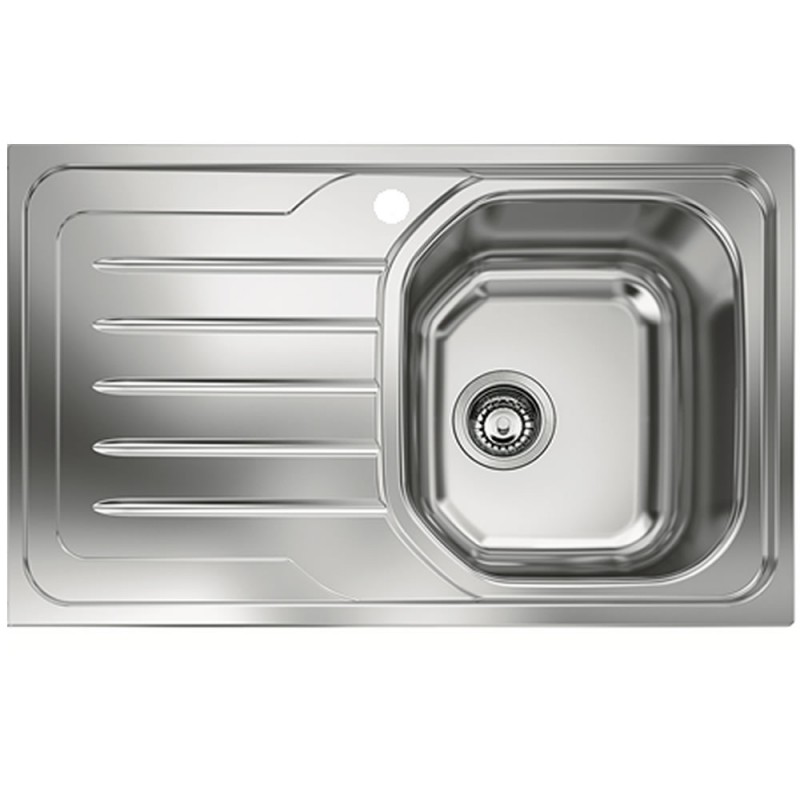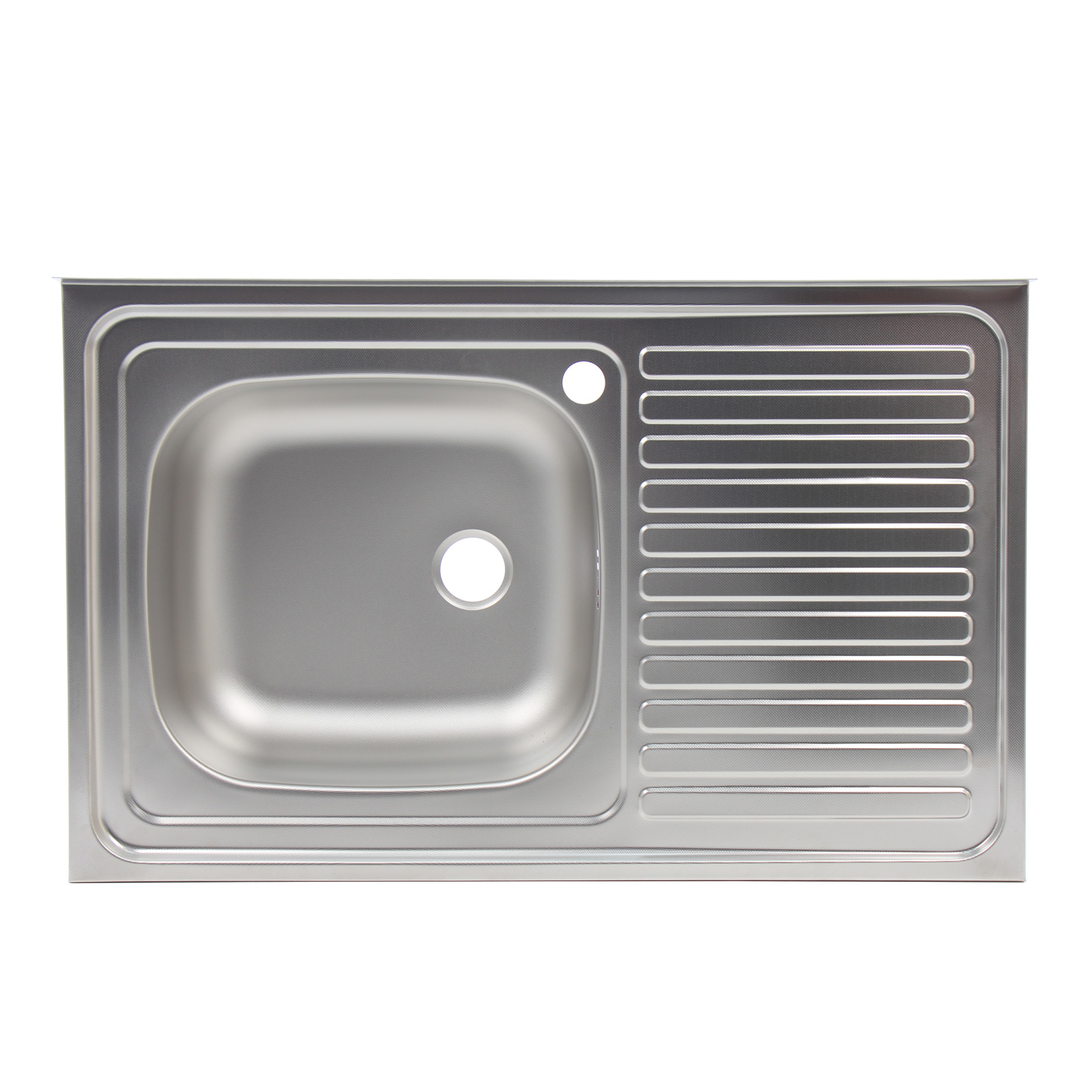
Chiuveta bucatarie inox DacEnergy©, forma dreptunghiulara, dimensiune 80x50 cm, cu picurator, culoare gri - eMAG.ro
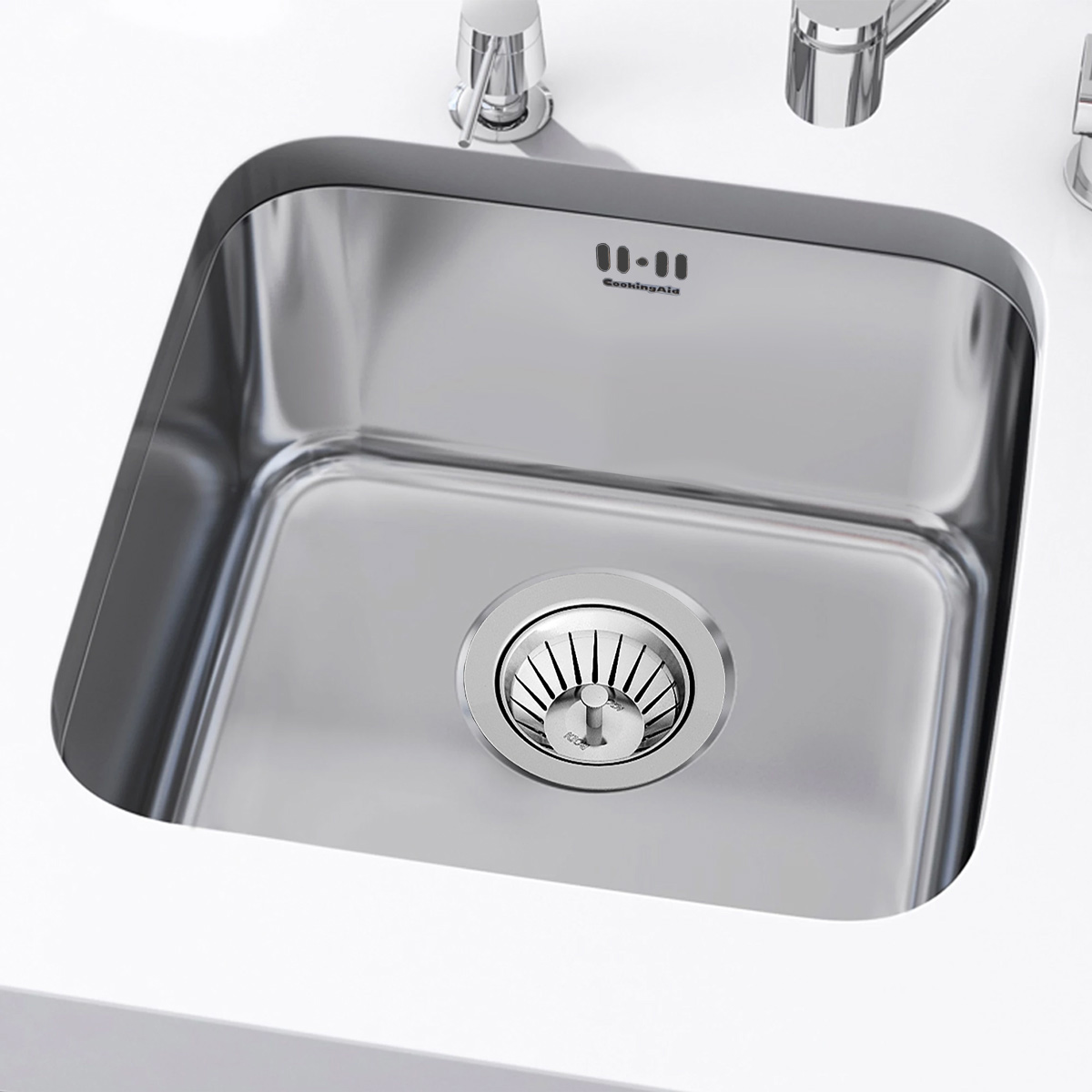
Chiuveta bucatarie inox CookingAid BRASILIA cu montaj pe blat sau sub blat + accesorii montaj - CookingAid.ro - Chiuvete si baterii pentru bucataria ta
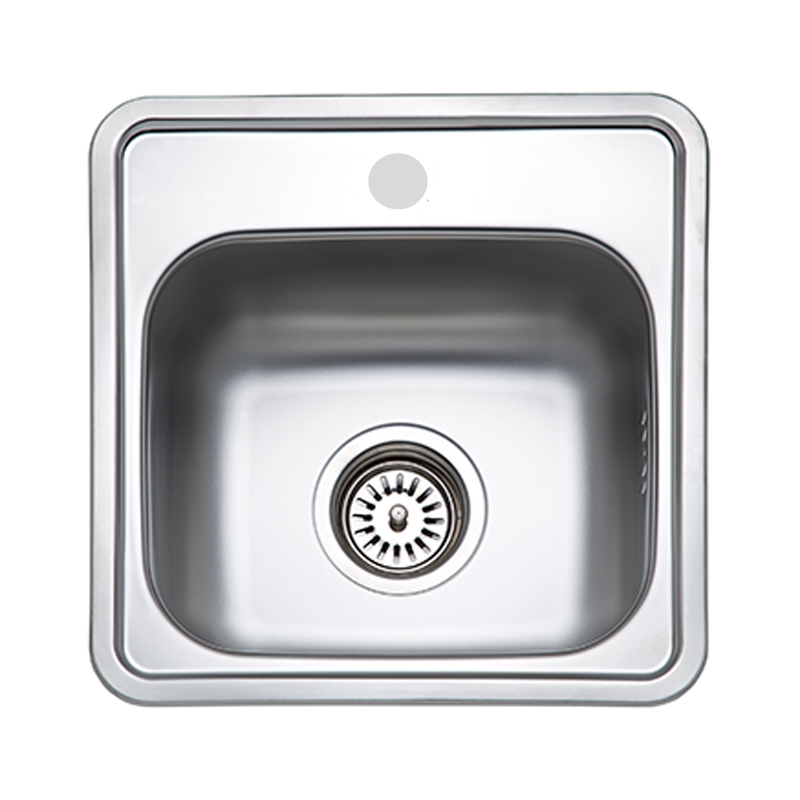
Dedeman - Chiuveta bucatarie inox anticalcar Doruq 1616 patrata 38 x 38 cm - Dedicat planurilor tale

Chiuveta inox Teka Classic 1 1/2B, 10119090 | Chiuvete inox | Chiuvete bucatarie | Bucatarie10119090 | Obiecte sanitare✔️Cazi baie, Baterii de baie, Vase WC, 10119090


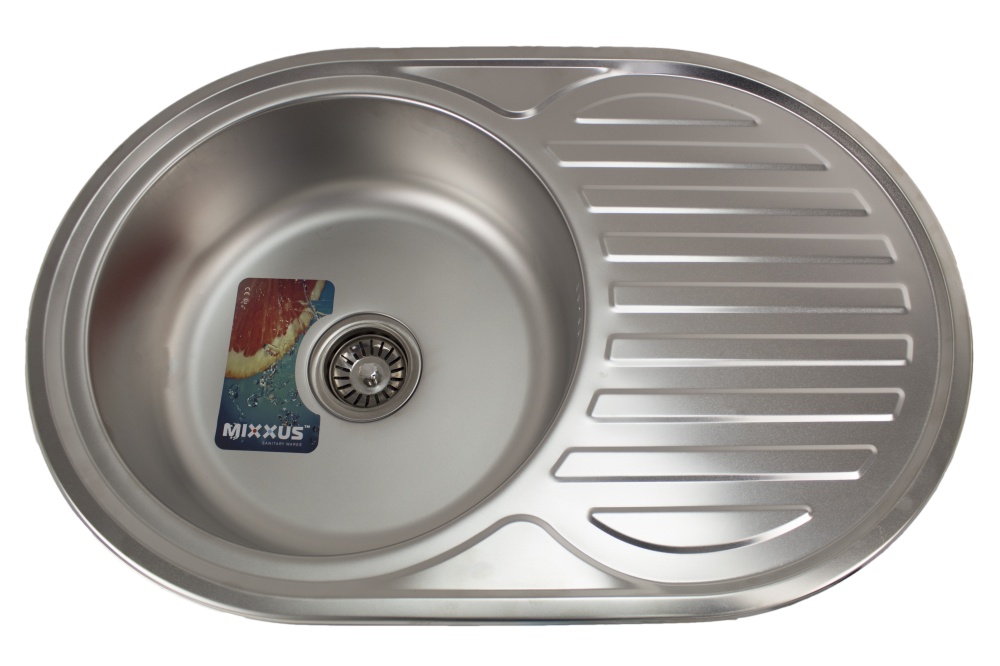




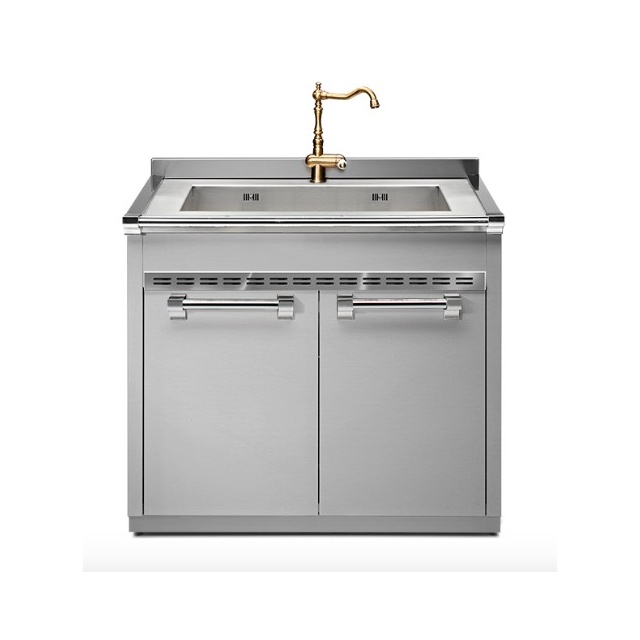

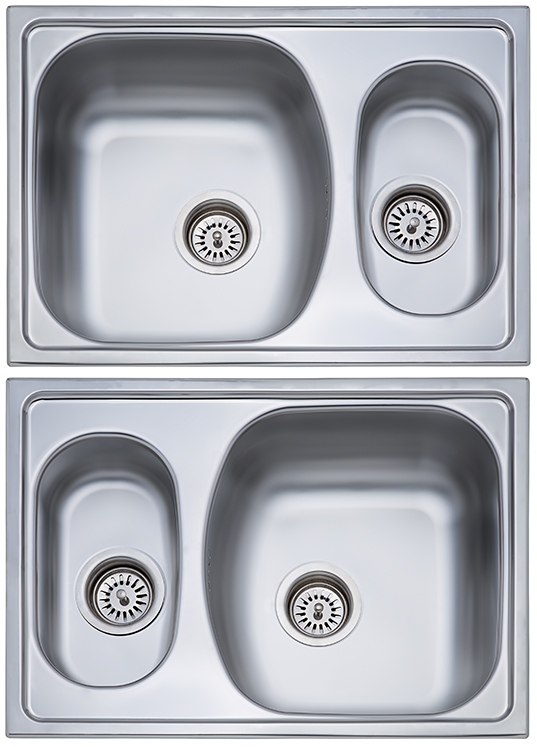
_1B_P.jpg)

